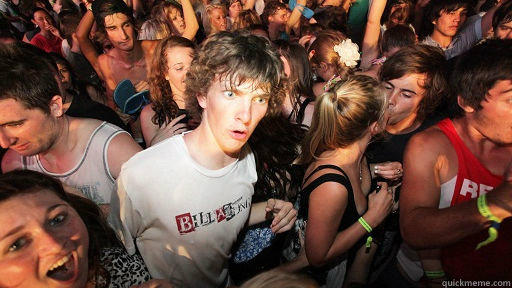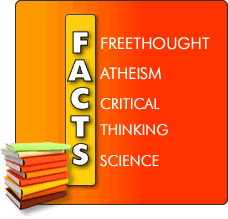Thanks for this, I very much like your house / rubble pile analogy. Since, as far as I can make out, the terms 'endothermic' and 'exothermic' refer quite specifically to energy in the form of 'heat', they are, in the context of the house analogy, a bit more difficult to place (though I think principally accurate), but what is certainly the case is that in a low-entropy system (low level of disorder, high level of order) like the house, there is contained a lot of energy that can, while in the process of conversion to another form of energy, be said to be able to carry out some 'useful work', whereas in a high-entropy system (high level of disorder, low level of order) like the pile of rubble that energy has been spent or, as you so elegantly put it 'left the house'.johnson1010 wrote: Entropy, for those who don't know, is a measure of order. A house is an example of an ordered, or low entropy set of objects. think of all the parts and particles that make up the house. Think of the zillions of ways they could be arranged, if you say, tossed the whole thing into the air and let it fall a hundred times. A rubble pile is an example of a disordered, or high entropy set of objects.
For each of the hundred times the house was dropped it would fall into a rubble pile. Each individual rubble pile is unique and in it's own way as unlikely as a miracle, considering the zillions of different arrangements a rubble pile could be composed of. But landing in the shape of a house is just not going to happen because as amazing and unlikely any PARTICULAR rubble pile is, ANY rubble pile is far far far more likely than any kind of house.
I like to think of "houses" as being endothermic. They require energy resources be put into them, they require order be applied to them. Rubble piles are exothermic. You don't have to do anything to a house to find, one day, it has turned into a rubble pile. The energy and resources have "left" the house. It has fallen from one of only a few million possible designs that equal "house" and into one of the billions and billions and billions of possible configurations for "rubble pile"
Going back to the question of what is time, this adds an interesting facet (I was going to say 'dimension', but that would rather confuse things more than necessary...): if entropy - which I believe we can perceive as a phenomenon and describe in terms of thermodynamics (whence also, of course, your introduction of 'endothermic' and 'exothermic' principles) - 'exists' and is the cause of changes in molecular constellations (motion), that, on its own, continues until all molecular constellations and within them all subatomic constellations have put themselves into perfect disorder (which in terms of thermodynamics is also perfect balance), at which point no further motion of any description is possible, then does that make entropy the underlying 'cause' of time. Is time, in fact, basically a function of entropy? And since entropy is a concept pertinent to energy, is time, therefore, like matter, like heat, like motion, but one more aspect of energy?

 "A delight to read. So delicate, casually cruel, wickedly funny and wildly alluring." - Stephen Fry
"A delight to read. So delicate, casually cruel, wickedly funny and wildly alluring." - Stephen Fry

